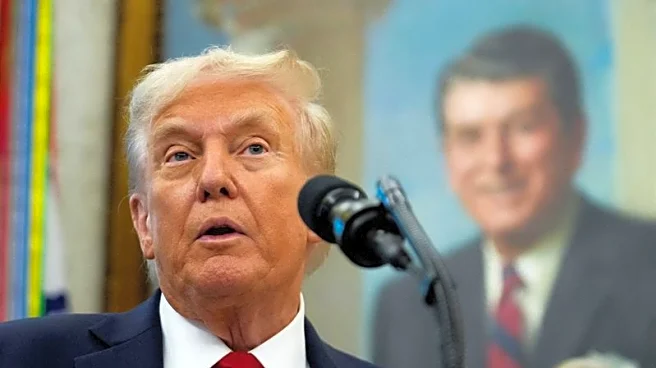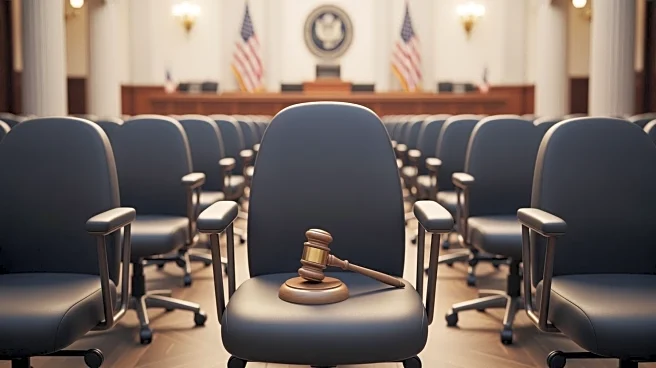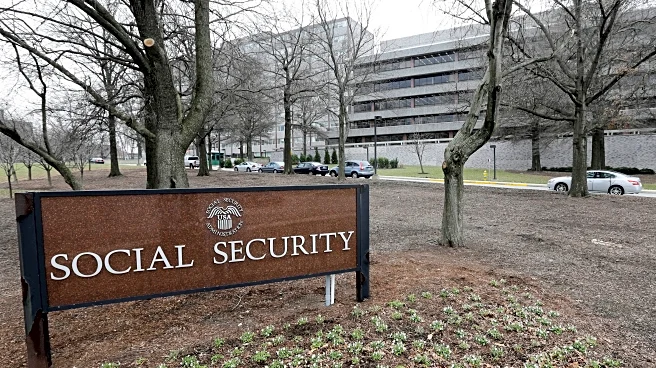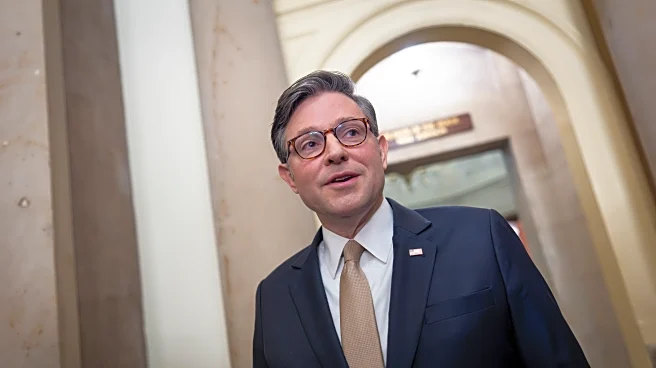What's Happening?
A federal judge has temporarily halted the Trump administration's plans to lay off thousands of federal workers during the ongoing government shutdown. Senior U.S. District Judge Susan Illston sided with
unions, which argued that the dismissals were illegal. The administration had issued reduction-in-force notices to over 4,100 workers across eight agencies, including Commerce, Education, and Homeland Security. The unions claimed the layoffs were politically motivated and violated the Antideficiency Act, which prohibits government spending not appropriated by Congress. Judge Illston ordered the administration to provide details about the planned layoffs within two days, raising concerns about the legality and handling of the reduction-in-force notices.
Why It's Important?
The judge's decision to block the layoffs is significant as it challenges the administration's approach to handling the government shutdown and its impact on federal workers. The ruling underscores the legal and ethical considerations in using a shutdown to justify workforce reductions. The decision affects thousands of federal employees and highlights the ongoing political struggle between the administration and unions. The outcome of this legal battle could set a precedent for how government shutdowns are managed and the rights of federal workers during such periods.
What's Next?
The administration is expected to provide detailed information about the planned layoffs as ordered by the judge. The unions are likely to continue their legal battle to protect federal workers from what they consider illegal dismissals. The administration may seek to appeal the judge's decision or find alternative ways to implement workforce reductions. The political implications of this ruling could influence future negotiations between the administration and Congress regarding government funding and shutdown management.
Beyond the Headlines
The legal dispute over the layoffs during the shutdown raises broader questions about the balance of power between the executive branch and federal workforce protections. It highlights the potential for political motivations to influence administrative decisions and the role of the judiciary in checking executive actions. The case may prompt discussions on the ethical responsibilities of government leaders during shutdowns and the impact on public services and vulnerable populations.













